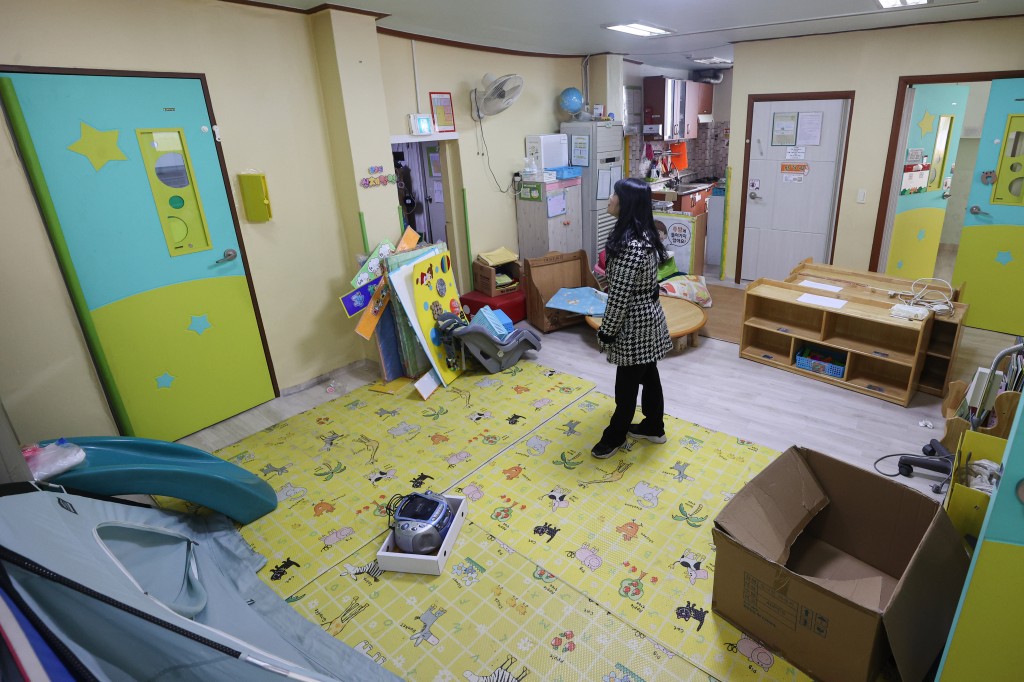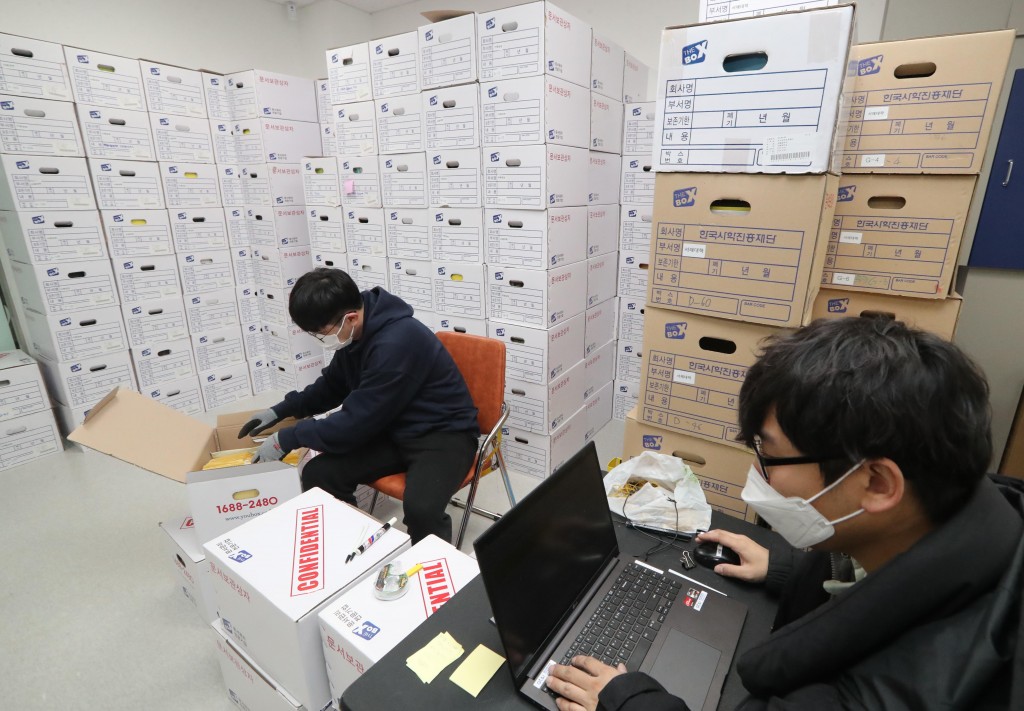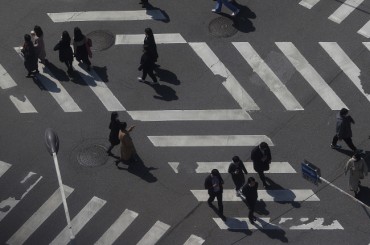
As the number of daycare centers shutting down has surged to 8,000 nationwide over the past four years, the director of a daycare center in Seongnam city, Gyeonggi-Province, Korea, surveys a center that is on the verge of closing down on a day last month. (Image courtesy of Yonhap)
SEOUL, March 6 (Korea Bizwire) — South Korea’s demographic crisis is raising concerns about the survival of small cities, as more than half of the country’s municipal governments recorded less than 1,000 births last year.
The declining demand for childcare facilities, including maternity hospitals, daycare centers, elementary schools, and academies, is expected to exacerbate the situation.
This has created fears that the shortage of services may make it increasingly difficult to raise children in small towns and rural areas, leading to a vicious cycle.
According to a report fromthe Korean Statistical Information Service (KOSIS)released on February 27, a total of 136 (59.6 percent) of 226 basic local governments, including cities, counties, and districts, had fewer than 1,000 births last year. Additionally, 228 regions, including Sejong City and Jeju Island, met the same criteria.
Last year, Statistics Korea released the provisional number of births by region, indicating that 50 cities and districts had fewer than 150 births. Three regions, includingGokseong-gun, South Jeolla Province, and Ulleung-gun, North Gyeongsang Province, had fewer than 50 births.

The archive of the Korea Foundation for the Promotion of History in Dong-gu, Daegu, is brimming with academic and personnel records of defunct universities on February 22nd. “At present, 82.7 percent of the library’s capacity is utilized, and we urgently require additional space,” stated the foundation. According to the Ministry of Education, 20 universities have shuttered since 2000 due to management challenges, and approximately 30 more universities are at risk of closure. (Image courtesy of Yonhap)
The decline in the number of births has led to the closure of schools and nurseries, which is already a reality. From 2018 to April of last year, a total of 193 elementary, middle, and high schools were closed nationwide, with 171 of them located in non-metropolitan areas.
Additionally, pediatric and maternity hospitals have also decreased in number, with 16 local governments, including Muju County in North JeollaProvince and Pyeongchang County in Gangwon Province lacking such facilities as of August last year.
Last year, South Korea recorded a record-low of 249,000 births, and the total fertility rate, which is the average number of births expected per woman during her lifetime, fell to 0.78.
M.H.Lee (mhlee@koreabizwire.com)






